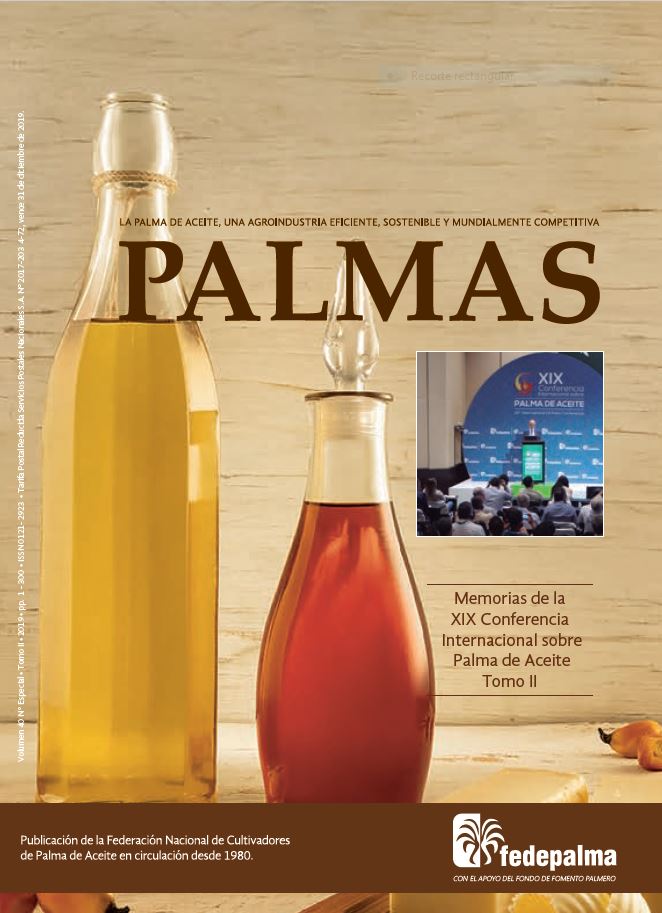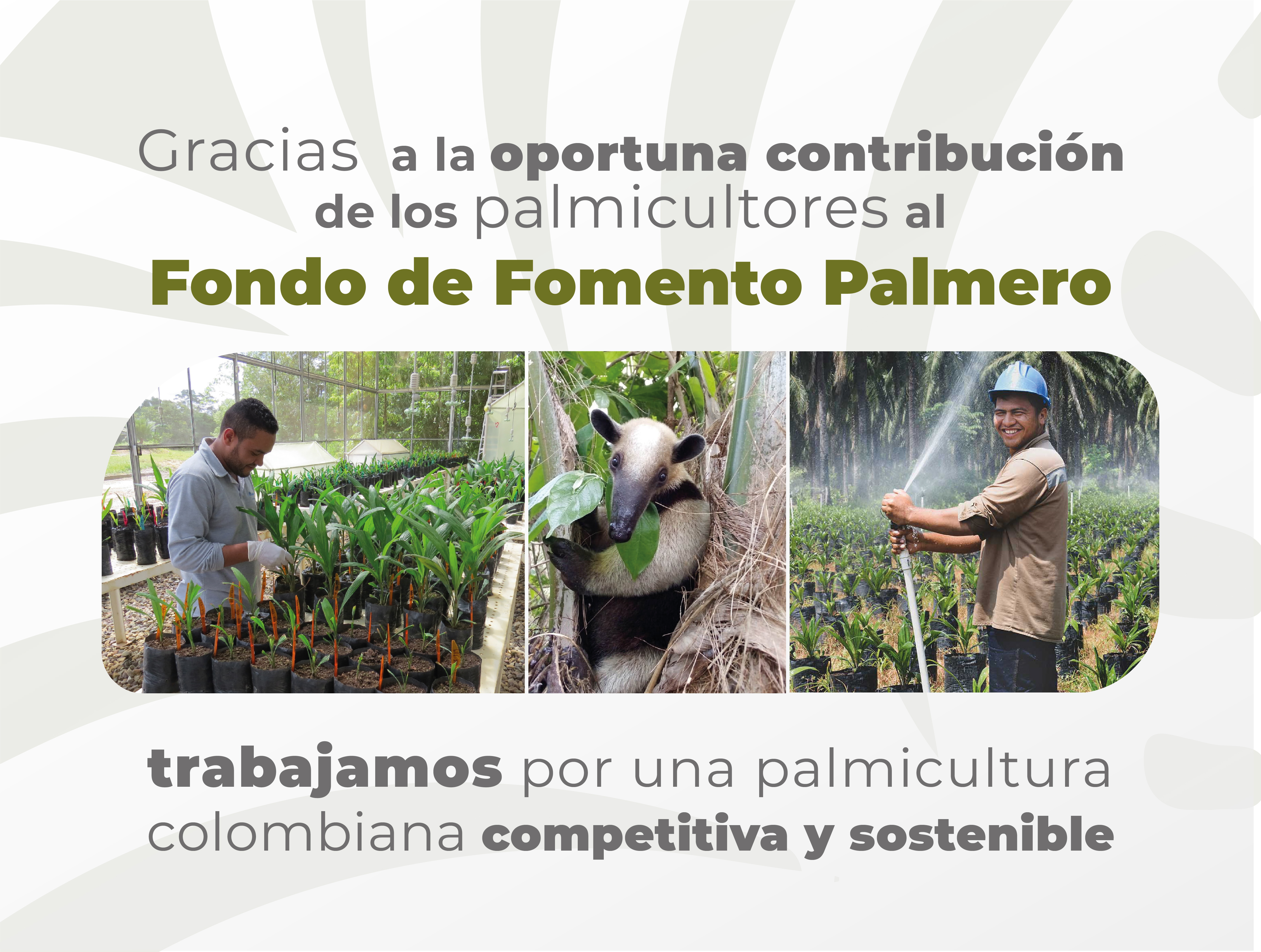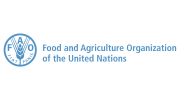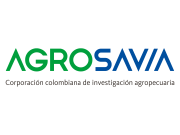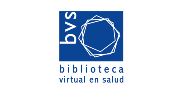De qué manera la producción sostenible de bioenergía puede contribuir al desarrollo de Colombia
Palabras clave:
biomasa, bioeconomía, producción de energía, bioenergíaResumen
El mercado mundial del aceite de palma ha sido asociado con impactos negativos relacionados con la deforestación y pérdida de biodiversidad, así como con algunos problemas sociales que van desde la creación de empleo hasta los derechos de los trabajadores. No obstante, el uso de biomasa para la producción de energía y la bioeconomía debe ser contextualizado. Esto es, considerar las condiciones locales y regionales bajo las que se produce la biomasa. Actualmente, Colombia ocupa el cuarto lugar en el mundo, con una producción de más de un millón de toneladas de aceite de palma y aceite de palmiste. Una superficie total de medio millón de hectáreas se encuentra en producción. Aún hay más potencial para los productos de aceite de palma, no solo en bioenergía, que podrían contribuir al desarrollo de mayores consideraciones de bioeconomía para alimento, pienso, fibra y combustible, si se producen de forma sostenible y utilizando coproductos alternativos. Este artículo presenta algunas de estas mayores consideraciones, principalmente en el área socioeconómica, que pueden contribuir a fomentar los sectores de la bioenergía y la bioeconomía en Colombia.
Referencias bibliográficas
BID-MME. (2012). Evaluación del ciclo de vida de la cadena de producción de biocombustibles en Co- lombia. Resumen Ejecutivo. Available at: www.fedebiocombustibles.com (accessed 20.03.2012).
Biotrade2020+. (2018). Biotrade2020 + project. EC. https://www.biotrade2020plus.eu/
BNEF. (2014). Bloomberg New Energy Finance Policy Library. Available at: http://idbdocs.iadb.org/wsdocs/getDocument.aspx?DOCNUM=38168432 (accessed 05. 2014).
Cardona, C. A., Quintero, J. A. & Paz, I. C. (2010). Production of bioethanol from sugarcane bagasse: Status and perspectives. Bioresource Technology, 101, 4754–4766.
Castiblanco, C., Etter, A. T., & Mitchell, A. (2013). Oil palm plantations in Colombia: a model of future expansion. Environmental, Science & Policy, 27, 172-183.
Cenipalma. (2014). http://www.cenipalma.org/ (accessed 06.2014).
MINAMBIENTE. (2014). Plan de Desarrollo Forestal. Available at: https://www.minambiente.gov.co/ index.php/component/content/article?id=426:plantilla-bosques-biodiversidad-y-servicios-eco- sistematicos-21 (accessed 06.2014).
MADR. (2014). Ministerio de Agricultura y Desarrollo Rural de Colombia. Available at: https://www.minagricultura.gov.co/paginas/inicio.aspx (accessed 06.2014).
Daza, C., Amezquita, M. A., Arango, A., Zwart, R., Camargo, J. C., Hernández, A., Rodríguez, A., et al. (2013). Torrefied Bamboo for the Import of Sustainable Biomass from Colombia. ECN-E--15-020, Netherlands.
Diaz-Chavez, R., Daza, C., Camargo, J. C., Londoño, X., Rosillo-Calle, F., & Zwart, R. (2013). Bamboo torrefaction in Colombia for energy uses. A Sustainability Assessment. European Biomass Confe- rence Proceedings, Copenhague.
Diaz-Chavez, R. (2010). Competence Platform on Energy Crop and Agroforestry Systems for Arid and Semi-arid Ecosystems, COMPETE (EU FP6 2007-2009).
Diaz-Chavez, R. (2015). Assessing sustainability for biomass energy production and use. In: Rosi- llo-Calle, F., De Groot, P., Hemstock, S., & Woods, J. (Eds.). The Biomass Assessment Handbook: Energy for a sustainable environment, 2nd edition. Routledge. UK.
DNP. (2006). Plan Nacional de Desarrollo 2006-2010 - Estado Comunitario: desarrollo para todos. Bogotá, Colombia: Departamento Nacional de Planeación. Available at: http://www.dnp.gov.co/
paginas_detalle.aspx?idp=906 (accessed 05. 2014).
Elhawary, S. (2007). Between war and peace: Land and humanitarian action in Colombia. HPG Wor- king Paper. London: Overseas Development Institute. Available at: http://www.odi.org.uk/resour- ces/download/1912.pdf
EC. 2009. Renewable Energy Directive. European Commission. Available at: https://ec.europa.eu/energy/en/topics/renewable-energy/renewable-energy-directive
FAOstat. (2014). FAO statistics. http://faostat3.fao.org/home/E
FAOstat. (2016). Food and Agriculture Organization of the United Nations. Available at: http://faos- tat.fao.org/ (accessed 01.2016).
FAOstat. (2018). Food and Agriculture Organization Statistics. http://www.fao.org/faostat/en/#- data/RL
Fedepalma. (2011). La agroindustria de la palma de aceite en Colombia y en el mundo. Anuario Estadístico.
Fedepalma. (2012). Challenges of palm oil development in Colombia. Available at: http://rt10.rspo. org/ckfinder/userfiles/files/P4_3%20Jens%20Mesa-Dishington%20Presentation.pdf (accessed
02.2016).
Franke, B., Reinhardt, G., Malavelle, J., Faaij, A., &and Fritsche, U. (2013). Global assessments and guidelines for sustainable liquid biofuels. A GEF targeted research project. Heidelberg/Paris/Utrecht/ Darmstadt.
García, J., Cárdenas, M., & Yánez, E. (2010). Power Generation and Use of Biomass at Palm Oil Mills in Colombia. Palmas, 31(2), 41-48.
Gadde, B., Menke, C., & Wassmann, R. (2009). Rice straw as a renewable energy source in India, Thai- land, and the Philippines: overall potential and limitations for energy contribution and greenhouse gas mitigation. Biomass & Bioenergy, 33(11), 1532-1546.
Ghazoul, J. (2015). Good news and bad news for oil palm smallholders. Zukunftsblog. Available at: https://www.ethz.ch/en/news-and-events/eth-news/news/2015/04/good-news-and-bad- news-for-oil-palm-smallholders.html (accessed 02.2016).
Grueso, L., Mow, J. M., Robinson, D. D. & Viáfara C. A. (2007). Plan Integral de Largo Plazo para la Población Negra /Afrocolombiana, Palenquera Y Raizal: Propuestas para el Capítulo de Fortale- cimiento de los Grupos Étnicos y de las Relaciones Interculturales del Plan Nacional de Desarrollo 2006- 2010. Bogotá, Colombia: Departamento Nacional de Planeación.
Grusczynski, D. M. & Jaramillo, F. (2002). Integrating land issues into the broader development agen- da, case study: Colombia. Paper prepared for presentation in the Regional Workshop on Land, World Bank, Pachuca, México. Available at: http://www.landnetamericas.org/docs/Integra- ting%20Land%20Issues %20Colombia.pdf
GTZ. (2002). Producing electricity from renewable energy source: energy sector framework in 15 countries in Asia, Africa and Latin America.
IDEAM. (2004). Informe anual sobre el estado del medio ambiente y los recursos naturales renovables en Colombia. Instituto de Hidrología, Meteorología y Estudios Ambientales, Bogotá.
IEA. (2016). International Energy Agency Statistics. Available at: http://www.iea.org/statistics/ (ac- cessed 02.2016).
IEA. (2018). International Energy Agency Statistics. Available at: https://www.iea.org/statistics/?- country=COLOMBIA&year=2016&category=Key%20indicators&indicator=TPESbySource&mo- de=chart&categoryBrowse=true&dataTable=BALANCES&showDataTable=true
IFC. (2013). Diagnostic study on Indonesian oil palm smallholders: Developing a better understanding of their performance and potential. International Finance Corporation. Available at : http://www. aidenvironment.org/media/uploads/documents/201309_IFC2013_Diagnostic_Study_on_In- donesian_Palm_Oil_Smallholders.pdf (Accessed 02.2016].
ILO. (2007). Equality at work: Tackling the challenges. Global Report under the follow-up of the ILO Declaration on Fundamental Principles and Rights at Work, Geneva: International Labour Organi- zation.
ILO. (2016). International Labour Organization. Available at: http://www.ilo.org/global/about-the- ilo/lang--en/index.htm (accessed 02-2016).
IOM. (2006). Dimensiones de la trata de personas en Colombia. International Organization for Migration, Bogota. Available at: http://www.oit.org.pe/ipec/documentos/oim_trata_col.pdf. (accessed 05.2014).
IRENA. (2013). Renewable Energy and Jobs. Available at: http://www.irena.org/rejobs.pdf (accessed 04.2016).
LAR. (2014). Land and Rights in Troubled Water. Project LAR. Available at: http://landsandrights. blog.com/cauca-valley/ (accessed 05.2014).
Lasse, T., & Bertule, M. (2009). Sustainability of smallholder palm oil production in Indonesia. Roskilde University Department of Society and Globalization. International Development Studies.
MADR. (2014). Atlas de Biomasa Residual. Ministerio de Agricultura y Desarrollo Rural de Colombia. McAlpine, C., Etter, A., Fearnside, P., Seabrook, L. & Laurance, W. (2009). Increasing world consumption of beef as a driver of regional and global change: a call for policy action based on evidence from Queensland (Australia), Colombia and Brazil. Global Environmental Change, 19, 21–33.
Mel, M., Ihsan, I., & Adesta, Y. (2010). Biogas Energy Potential in Riau, Indonesia. Kuala Lumpur, Ma- laysia: International Islamic University Malaysia.
NL Agency. (2013). Biomass opportunities in Colombia. Ministerio de Relaciones Exteriores.
Sandker, M., Suwarno, A., & Campbell, B. (2007). Will forests remain in the face of oil palm expansion? Simulating change in Malinau, Indonesia. Ecology and Society, 12(37). Available at http://www. ecologyandsociety.org/vol12/iss2/art37 (accessed 02.2016).
Seeboldt, S., & Salinas, Y. (2010). Responsabilidad y sostenibilidad de la industria de la palma. Son factibles los principios y criterios de la RSPO en Colombia. Available at: www.setianworks.net/ indepazHome/index.php?.id
The Partnerships’ Resource Centre. (2011). Sustainable palm oil production for smallholders. Availa- ble at: https://www.rsm.nl/fileadmin/Images_NEW/Faculty_Research/Partnership_Resource_Centre/ Cases/case_palm-oil_final.pdf (accessed 02.2016).
UNHabitat. (2005). Land tenure, housing rights and gender in Colombia. Available at: https://www.un.org/ruleoflaw/files/Law,_Land_Tenure_and_Gender_Colombia.pdf (accessed 02.2016).
USAID (year unknown). Property rights and resource governance: Colombia. Available at: http:// www.usaidlandtenure.net/sites/default/files/country-profiles/full-reports/USAID_Land_Tenu- re_Colombia_Profile.pdf.(accessed 02.2016).
U.S. Embassy, Bogota, reporting, March 5, 2007.
U.S. Department of State. Country Reports on Human Rights Practices 2005 - Colombia, Section 6b, Washington, D.C., March 8, 2006. Available at: http://www.state.gov/g/drl/rls/ hrrpt/2005/61721.htm.
Viáfara, C. A. (2007). Plan Integral de Largo Plazo para la Población Negra, Afrocolombiana, Palenquera y Raizal: Consultoría Desarrollo Económico – Género. Bogotá, Colombia: Departamento Na- cional de Planeación.
World Bank. (2011). The World Bank Group Framework and IFC Strategy for Engagement in the Palm Oil Sector. Available at: http://www.ifc.org/wps/wcm/connect/159dce004ea3bd0fb359f71d- c0e8434d/WBG+Framework+and+IFC+Strategy_FINAL_FOR+Web.pdf?MOD=AJPERES. (acces- sed 02.2016].
World Bank. (2016a). http://www.worldbank.org/ (accessed 01.2016).
World Bank. (2016b). Commodity markets. Available at: http://www.worldbank.org/en/research/commodity-markets (accessed 04.2016].
Bulanon, D. M., Burks, T. F., Kim, D. G., & Ritenour, M. A. (2013). Citrus black spot detection using hyperspectral image analysis. Agricultural Engineering International: CIGR Journal, 15(3),171-180.
Camps-Valls, G., & Bruzzone, L. (2005). Kernel-based methods for hyperspectral image classification. IEEE Transactions on Geoscience and Remote Sensing, 43(6), 1351-1362.
Chang, C. I. (2007). Hyperspectral data exploitation: Theory and applications. John Wiley & Sons. Chang, C. I. (2003). Hyperspectral imaging: Techniques for spectral detection and classification. New
York: Kluwer Academic Publishers.
Cui, S., Ling, P., Zhu, H., & Keener, H. (2018). Plant pest detection using an artificial nose system: A review. Sensors, 18(2), 378.
Delalieux, S., Aardt, J., Keulemans, W., Schrevens, E., & Coppin, P. (2007). Detection of biotic stress (Venturia inaequalis) in apple trees using hyperspectral data: Non-parametric statistical approa- ches and physiological implications. European Journal of Agronomy, 27(1), 130-43.
Del Fiore, A., Reverberi, M., Ricelli, A., Pinzari, F., Serranti, S., Fabbri, A.A., et al. (2010). Early detection of toxigenic fungi on maize by hyperspectral imaging analysis. International Journal of Food Micro- biology, 144(1), 64-71.
Dhau, I., Adam, E., Mutanga, O., & Ayisi, K. K. (2018). Detecting the severity of maize streak virus
Cómo citar
Descargas
Descargas
Publicado
Número
Sección
Métricas
| Estadísticas de artículo | |
|---|---|
| Vistas de resúmenes | |
| Vistas de PDF | |
| Descargas de PDF | |
| Vistas de HTML | |
| Otras vistas | |


